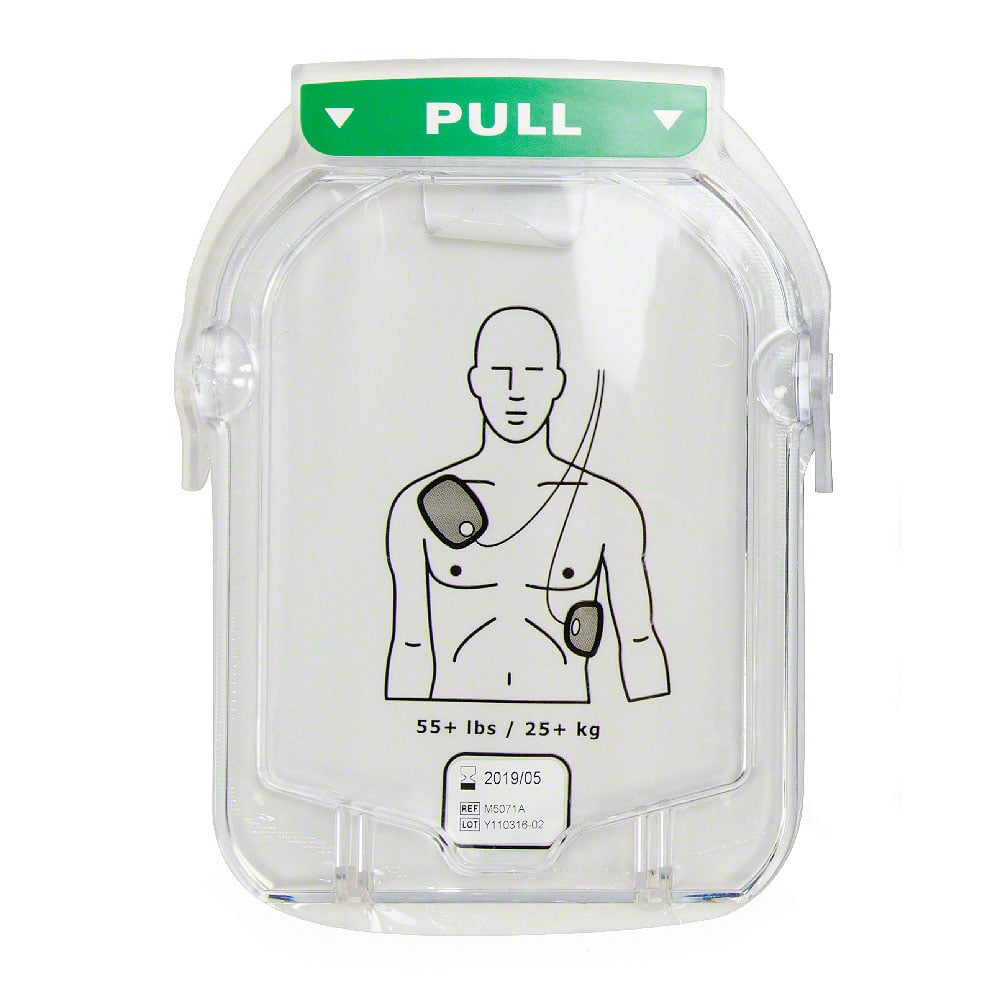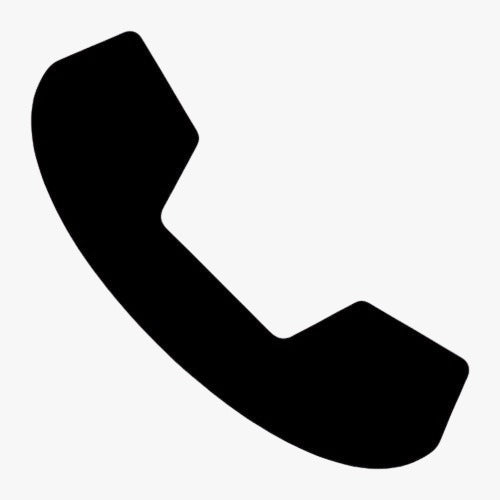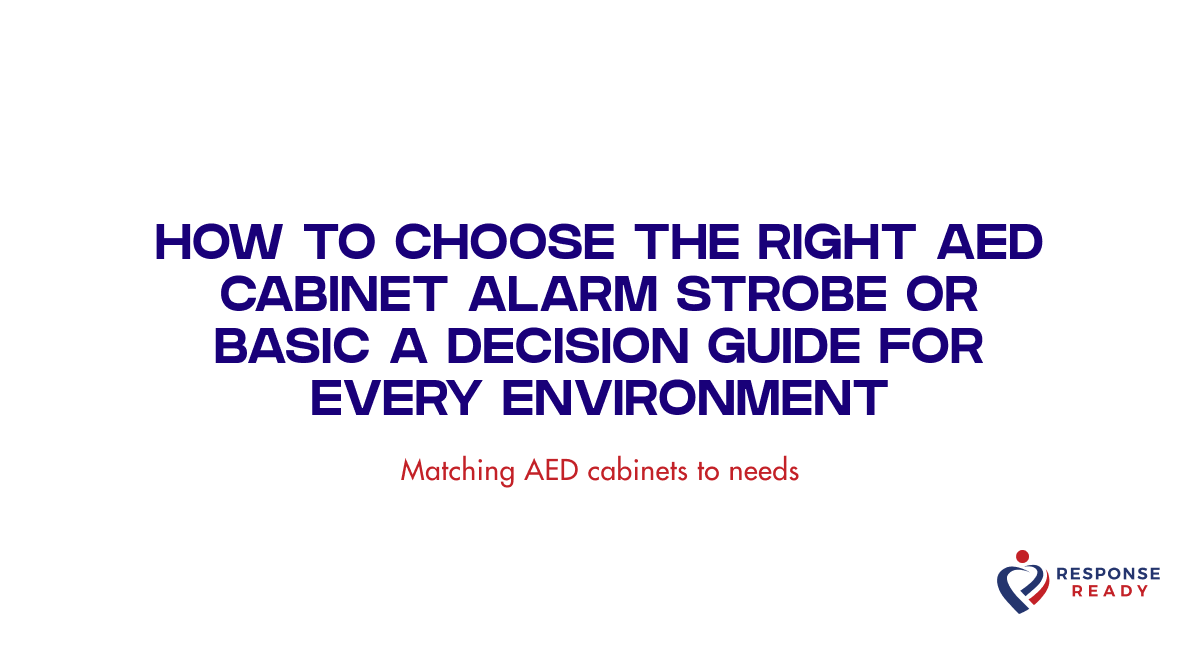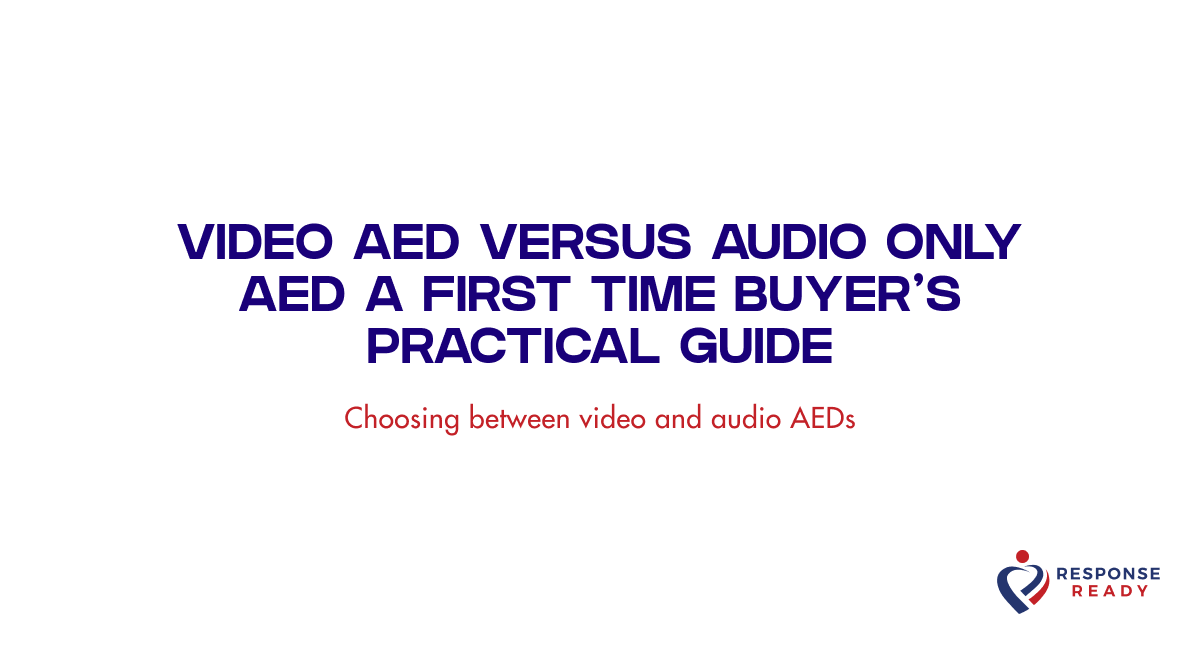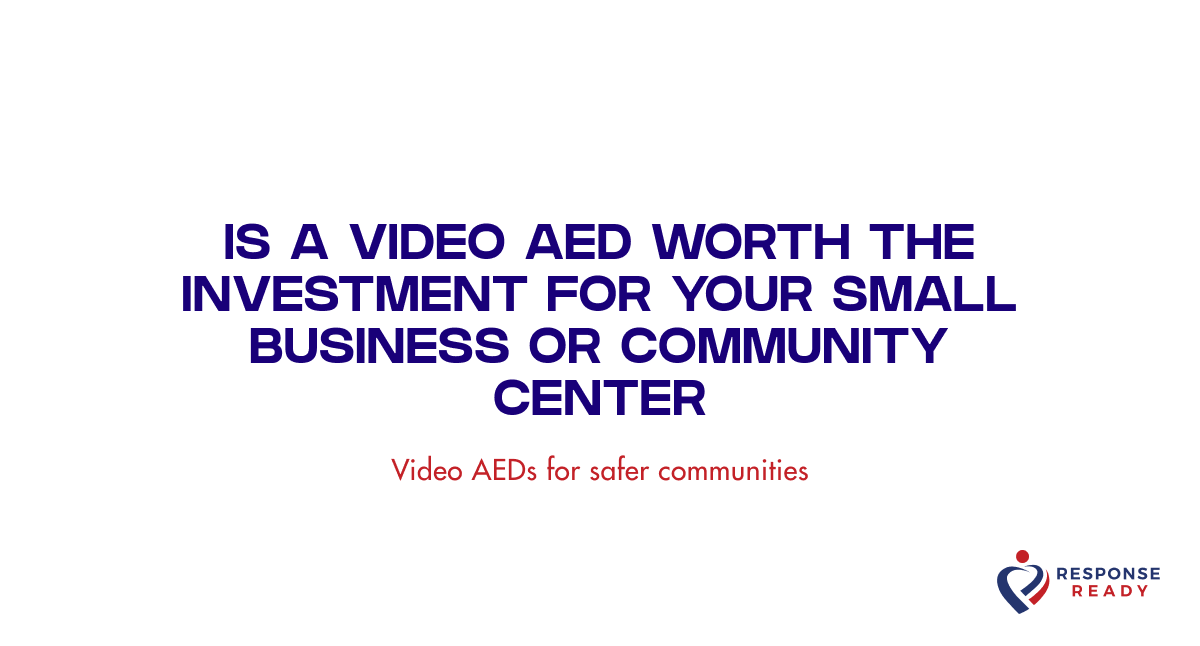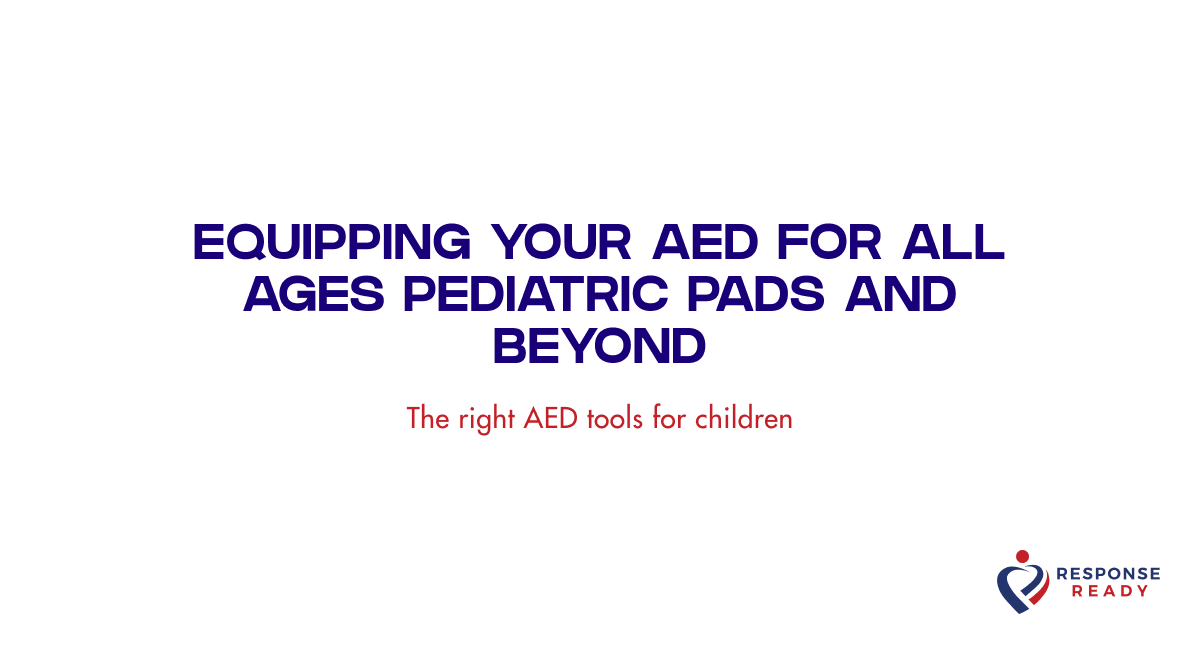Choosing to place an Automated External Defibrillator (AED) in your home, school, or business is a powerful decision. You're investing in the ability to save a life. But as you compare models and prices, you might be wondering if the number on the price tag is the full story. It’s a smart question to ask.
The initial purchase is just the starting point. To truly understand the financial commitment and ensure your device is always ready, you need to look at the Total Cost of Ownership (TCO). This includes not just the device itself, but everything needed to keep it operational and compliant over its typical 8 to 10 year lifespan.
This guide provides a simple framework to help you budget for the complete cost of an AED program, so you can make a confident choice that delivers both safety and predictable value for years to come.
The initial investment
The first cost you’ll encounter is for the AED unit itself. Most new, FDA-approved AEDs range from $1,200 to $3,000. This initial purchase typically includes:
-
The AED device
-
One set of adult electrode pads
-
One main battery
This gets the device in the door, but now we need to plan for its ongoing readiness.
The predictable recurring costs
Over the life of your AED, its core components will need to be replaced. These are the most common and predictable expenses you should factor into your budget.
AED electrode pads
AED pads have a gel that allows them to stick to the body and conduct electricity. This gel has a limited shelf life, typically between two to five years. Once they expire, they must be replaced, even if they were never used. A replacement set of adult pads generally costs between $75 and $200.
If you need to be prepared for a pediatric emergency, you’ll also need separate pediatric pads. It’s an often overlooked cost, and these pads frequently have a shorter shelf life of around 18 to 24 months.
AED batteries
The battery is the heart of your AED. Most AED batteries have a lifespan of two to seven years, depending on the manufacturer and model. When it’s time for a replacement, the cost can range from $150 to $400. Some models, like the ZOLL AED Plus, set a high bar with pads and batteries that last a synchronized five years.
These recurring costs can add up, but some modern packages are designed to minimize them. For example, some value packages include devices with an extensive 8 year warranty that also covers one set of replacement pads and one battery during that period. This turns unpredictable future expenses into a predictable, one time investment.
The hidden costs that impact your budget
Beyond the device and its consumables, several other factors contribute to the total cost of ownership. These are the "hidden" costs that are easy to miss but are critical for ensuring your AED program is effective and compliant.
Program management and compliance
Simply having an AED isn't enough, you must ensure it’s ready to work. This means tracking the expiration dates of pads and batteries and performing regular readiness checks. For a small business or school with multiple devices, this can become complex. Annual maintenance and program management can cost between $200 and $300, according to industry data from AED.ca.
Many organizations opt for AED Program Management software and services to automate this process. These solutions send reminders, track inspections, and provide medical oversight, ensuring you meet all local and state requirements. Our own Response Ready App makes this incredibly simple, allowing you to scan and log monthly checks right from your phone.
CPR and AED training
An AED is designed to be used by anyone, but formal training empowers people to act with confidence during an emergency. Having certified responders on site is often a key part of an effective safety plan. Budgeting for initial and refresher training programs for family members or staff is an important part of a complete program.
Post event servicing
If your AED is used in an emergency, it will need to be serviced afterward. This involves downloading the event data for medical review, restocking the used electrode pads, and ensuring the device is ready for service again. These post use costs are often included in comprehensive management plans but can be an unexpected expense if you are managing the device on your own.
Accessories
Finally, consider the necessary AED accessories to make your device visible and accessible. This includes a storage cabinet, wall signage, and a fast response prep kit containing items like scissors and razors.
Your 8 year AED ownership budget framework
So, what does this all add up to? According to ECRI, a leading patient safety organization, the average eight year total cost of ownership for an AED is approximately $3,300.
To help you plan, here is a simple framework you can use to estimate the TCO for any AED you are considering.
-
Line Item 1: AED Unit Cost = __________
-
Line Item 2: Pad Replacements (___ sets x $___ per set) = __________
-
Line Item 3: Battery Replacements (___ sets x $___ per set) = __________
-
Line Item 4: Program Management (___ years x $___ per year) = __________
Estimated 8-Year Total Cost of Ownership = __________
By filling this out, you can move past the sticker price and make a true apples to apples comparison between different AED models and suppliers.
How to get the lowest TCO and greatest peace of mind
Understanding the total cost of ownership empowers you to find the best long term value. It’s not just about finding the cheapest device upfront, but about finding the solution with the most predictable and manageable costs over its entire life.
This is where a bundled solution like the CR2 Value Package shines. With an 8 year warranty and long life components included, you can significantly reduce or even eliminate your replacement costs for pads and batteries for the full warranty period. When you pair this with an optional but comprehensive service like our AED Program Management, you cover all your bases, from the hardware to the compliance, in one predictable package. You can see the clear, upfront pricing and predictable future costs right on our product pages, giving you the confidence that you’re making the smartest investment in safety.
Frequently asked questions
Q: Will insurance pay for an AED?
A: Generally, health insurance does not cover the purchase of an AED for home use. However, some property or business liability insurance providers may offer discounts or incentives for commercial properties that have a documented AED program in place, as it can help mitigate risk.
Q: How often do I need to inspect my AED?
A: Most manufacturers recommend a simple visual inspection on a monthly basis. You should check that the status indicator light is green, ensure there is no visible damage, and confirm that pads and batteries have not expired. Our Response Ready App helps automate and record these monthly readiness checks to make compliance simple.
Q: Who is responsible for maintaining an AED in a business?
A: In a business or organization, a specific person or department, such as a facility manager, safety officer, or HR manager, is typically designated as the AED program coordinator. This person is responsible for overseeing the routine inspections and maintenance to ensure the device is always ready for an emergency.
